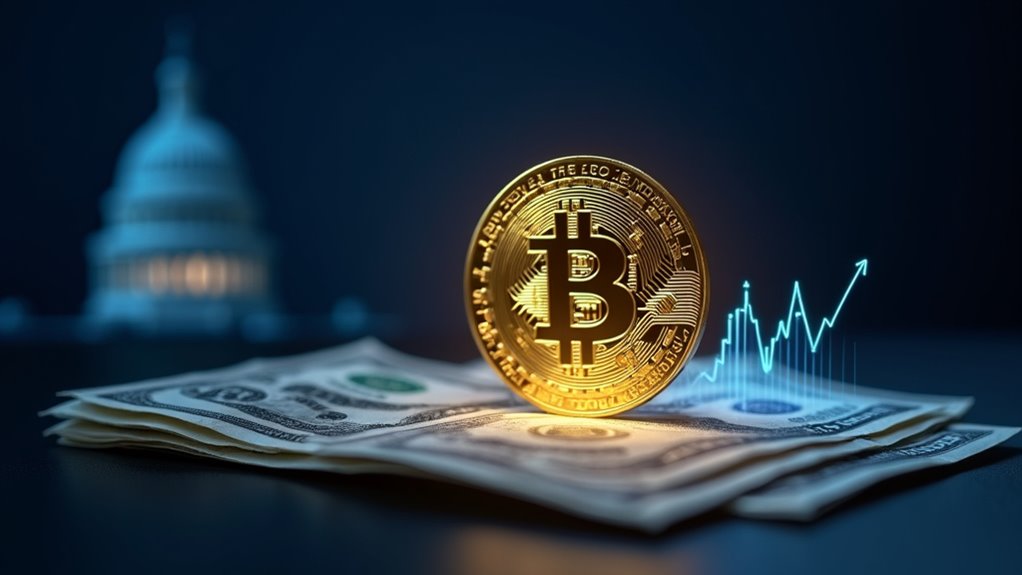How did a digital currency, born from cryptic code and internet whispers, outshine the titans of traditional finance? Bitcoin, a concept once scoffed at by Wall Street suits, has roared past gold and the S&P 500 with gains that seem ripped from a sci-fi novel. Picture a dusty old bank vault, creaking under the weight of tradition, while Bitcoin zips through cyberspace, untouchable, with a staggering 26,931.1% return over a decade as of late 2024. That’s not just growth; it’s a digital rebellion.
Skeptics might roll their eyes, muttering about volatility as wild as a rollercoaster in a thunderstorm. True, Bitcoin has crashed spectacularly, yet its long-term climb—think 230% annualized returns from 2011 to 2021—makes even the NASDAQ 100 look sluggish. Compare that to gold’s measly 1-2% compound annual growth rate. Imagine holding a shiny gold bar, cool and heavy, only to see Bitcoin’s invisible bits and bytes soar 1,110% in a rally while gold barely nudges 35.5%. It’s almost comical, isn’t it, how the old guard lags behind this pixelated upstart? Over the same decade, Bitcoin’s cumulative gains exceeded an astonishing 20,000,000% return. The network processes roughly 500,000 daily transactions globally, showcasing its growing adoption despite price swings.
What fuels this beast? Scarcity, for one—capped at 21 million coins, it’s rarer than a quiet day on Twitter. Add in Federal Reserve rate cuts tempting investors toward risk, and Bitcoin shines like a neon sign in a foggy alley. Accessibility helps too; trading 24/7 feels as easy as ordering pizza. Even institutions, once wary, now dip toes into Bitcoin ETFs. Over just the past year, Bitcoin’s return of 153.1% annually has outpaced every traditional asset in comparison. Sure, doubts linger—will it crash again? Maybe. But as its 2024 year-to-date return hits 129%, dwarfing S&P 500’s 28.3%, one can’t help but wonder: is this the future whispering through the wires, daring us to listen?









